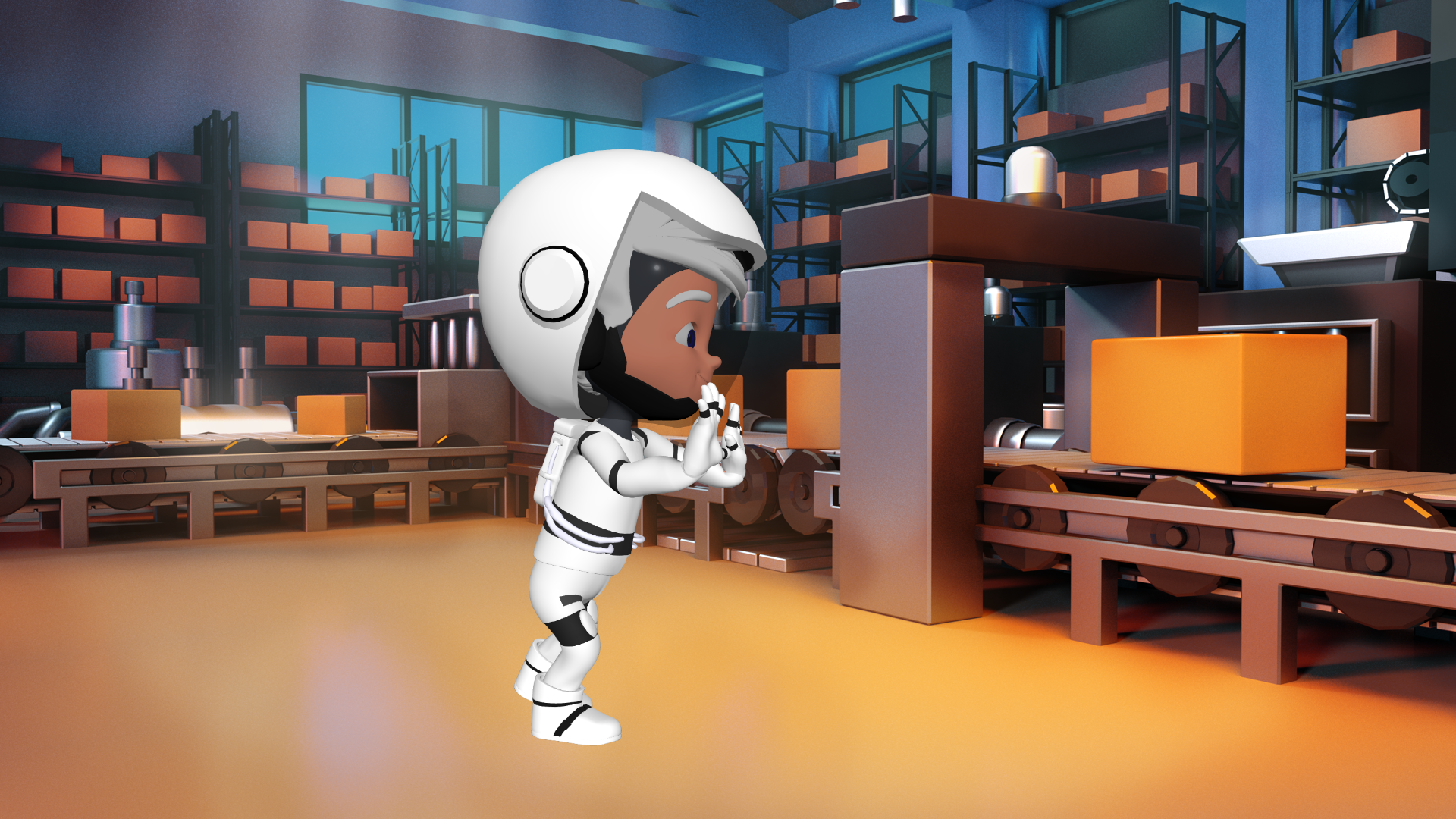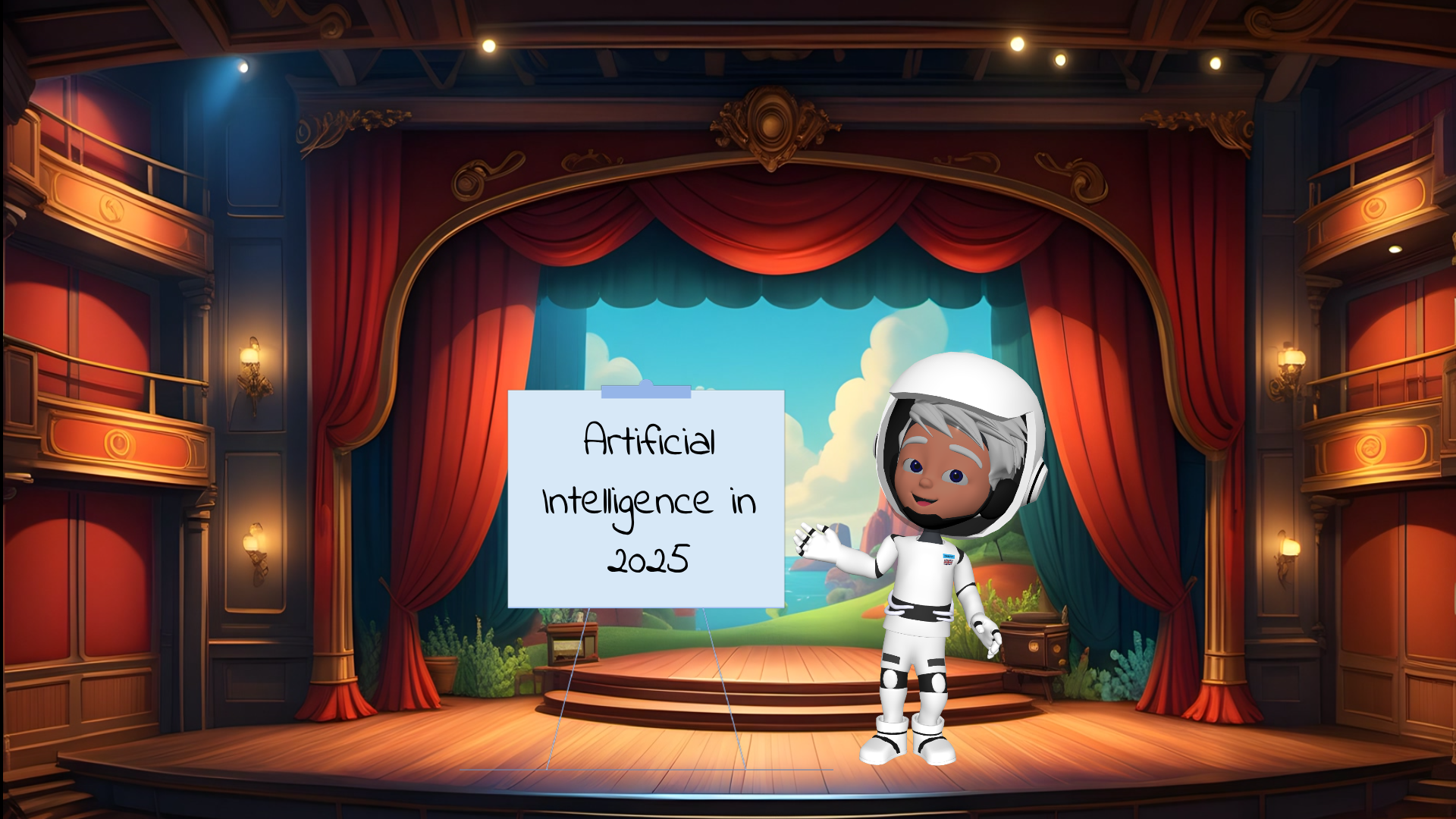
Published in:
Stories
Smart Manufacturing AI Digital Workers: Amplifying Operations
How Smart Manufacturing AI Digital Workers are Revolutionizing Production Efficiency
As manufacturing becomes increasingly complex, the need for real-time control, precision, and efficiency is more critical than ever. Smart Manufacturing AI Digital Workers are stepping in to revolutionize the production process by automating tasks, optimizing resources, and minimizing downtime. These AI-powered assistants handle routine and advanced tasks, allowing manufacturing teams to focus on strategy and innovation. Here’s how they are reshaping the industry.
1. Automating Production Line Monitoring and Control
AI Digital Workers monitor production lines in real-time, adjusting settings and flagging anomalies without human intervention. Leveraging data from IoT sensors, they ensure machinery operates at peak performance. When abnormalities are detected, AI can make necessary adjustments or alert human operators, preventing costly delays or defects.
Example: An AI Digital Worker automatically adjusts machine settings to prevent bottlenecks and minimize product defects.
Impact: Enhanced efficiency, reduced downtime, and optimized resource usage.
2. Predictive Maintenance and Downtime Prevention
One of the most valuable roles of AI Digital Workers in manufacturing is predictive maintenance. By continuously monitoring equipment health through IoT sensors, they can predict when machines require maintenance. This allows proactive scheduling, avoiding unexpected breakdowns and costly repairs.
Example: The AI predicts that a conveyor belt part is nearing failure and schedules maintenance during a low-demand period, preventing downtime.
Impact: Lower maintenance costs, extended equipment lifespan, and minimized unplanned downtime.
3. Supply Chain Optimization and Inventory Management
Smart Manufacturing AI Digital Workers also manage inventory and optimize supply chains. They track inventory levels, forecast demand, and adjust procurement schedules to ensure a smooth flow of materials, avoiding overstocking or understocking.
Example: The AI automatically orders raw materials based on upcoming production needs and market trends, ensuring no disruptions to the supply chain.
Impact: Accurate demand forecasting, improved material flow, and reduced supply chain risks.
4. Quality Control and Defect Detection
AI Digital Workers use machine vision and AI algorithms to detect defects in real-time during production. They identify quality issues, flag defective products, and ensure only high-quality goods proceed further down the production line.
Example: The AI spots imperfections in a batch of products and removes them from the line, preventing defective goods from reaching customers.
Impact: Improved product quality, reduced defect rates, and minimized waste.
5. Automating Workforce Scheduling and Task Assignments
AI Digital Workers manage workforce scheduling by ensuring optimal staffing levels and task assignments based on production demands. They dynamically adjust schedules, considering shifts, production goals, and employee availability, optimizing both human and machine resources.
Example: The AI automatically adjusts shift schedules to meet fluctuating production demands while balancing employee workloads.
Impact: Better task allocation, increased workforce efficiency, and more flexible production management.
6. Overcoming Challenges in Implementing AI Digital Workers
While the benefits of Smart Manufacturing AI Digital Workers are clear, implementing them can present challenges:
- Usability: Teams need to easily interact with AI Digital Workers without technical complexity.
- Connectivity: Integrating AI Digital Workers with existing systems and machinery can be difficult.
Solution: Hub360+ overcomes these challenges with an ecosystem of AI characters co-created and co-trained by reputable industry experts. These AI Digital Workers are tailored to specific industries, geographic regions, or target markets. Additionally, Hub360+ provides connectors that seamlessly integrate these AI characters with IoT sensors and manufacturing software. Through our smart messaging platform, communication between people, AI, and software is made easy, enabling manufacturing teams to interact with AI Digital Workers using natural language.
Conclusion
Smart Manufacturing AI Digital Workers are transforming production by automating monitoring, predictive maintenance, supply chain management, quality control, and workforce scheduling. With Hub360+, manufacturers can easily implement AI Digital Workers co-created by industry experts and tailored to their specific needs. By adopting this technology, businesses can increase efficiency, reduce costs, and improve product quality, paving the way for the future of smart manufacturing.

